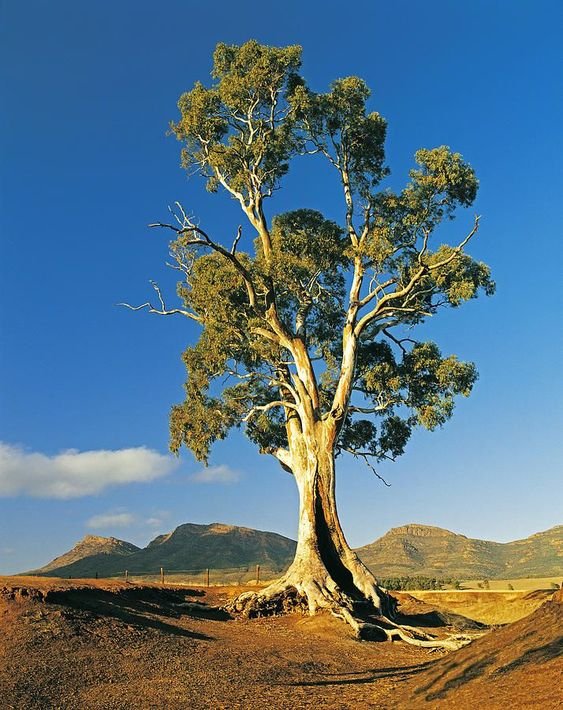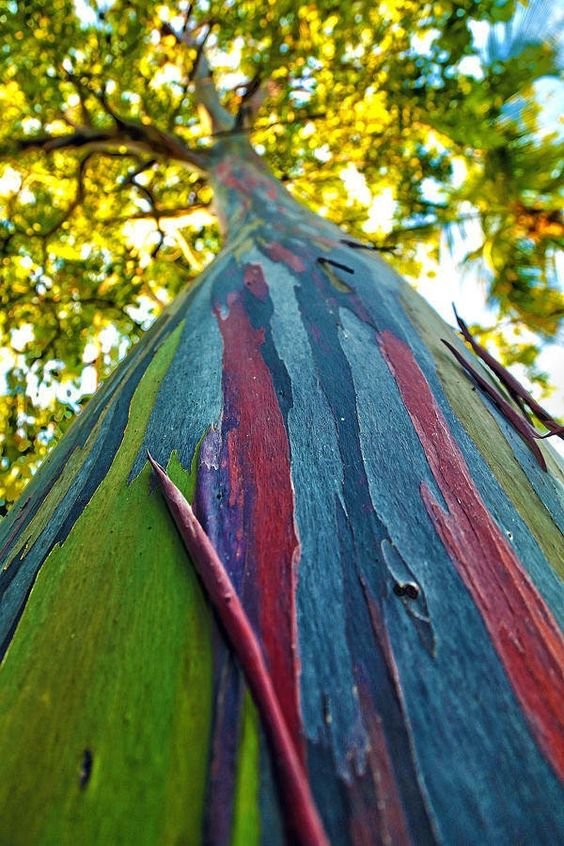Species of Gum Trees: Exploring the Diversity
Gum trees, scientifically known as Eucalyptus, are an iconic and diverse group of trees native to Australia, although they can now be found in many parts of the world. These trees are renowned for their unique features, adaptability, and numerous uses. In this blog, we will delve into the fascinating realm of gum trees, exploring what defines them, the various types, and their significance.
What are Japanese Anemones, and what makes them unique?
What is a Gum Tree?
Before we delve into the different species, let's understand what exactly a gum tree is. Gum trees belong to the genus Eucalyptus, comprising over 700 species. They are characterized by their aromatic leaves, which often contain volatile oils, and distinctive gum that oozes from the bark. This gum, or resin, is a protective mechanism against pests and can vary in texture and color among different species.
Types of Gum Trees
1. Eucalyptus globulus (Tasmanian Blue Gum)
One of the most well-known species, the Tasmanian Blue Gum, is prized for its towering height and blue-gray leaves. It is commonly used for timber production and is also known for its medicinal properties.
2. Eucalyptus camaldulensis (River Red Gum)
Found along waterways, the River Red Gum is easily recognizable by its distinctive peeling bark and attractive, weeping branches. It provides habitat for various wildlife and is crucial in stabilizing riverbanks.
3. Eucalyptus deglupta (Rainbow Eucalyptus)
Known for its striking, multicolored bark, the Rainbow Eucalyptus is native to the Philippines but has been introduced to other tropical regions. As the bark sheds, it reveals shades of green, blue, purple, orange, and maroon.
4. Eucalyptus citriodora (Lemon-scented Gum)
As the name suggests, this gum tree emits a strong lemon scent, making it a popular choice for landscaping. The oil extracted from its leaves is used in various industries, including perfumery and insect repellents.
Australian Gum Trees
Australia is home to the majority of gum tree species, and they play a significant role in the country's ecosystems. The diverse range of Australian gum trees includes the iconic Eucalyptus regnans (Mountain Ash), one of the tallest tree species globally, and Eucalyptus pauciflora (Snow Gum), adapted to thrive in snowy alpine regions.
Gum Tree Leaves
Gum tree leaves are another distinctive feature, varying widely in shape, size, and color. Most species have lance-shaped leaves, but there are exceptions, such as the round leaves of Eucalyptus macrocarpa (Mottlecah) or the heart-shaped leaves of Eucalyptus cordata (Heart-leafed Silver Gum).
Significance of Gum Trees
Gum trees are more than just botanical wonders—they have cultural, ecological, and economic significance. Indigenous Australians have utilized various parts of the gum tree for thousands of years, from the bark for shelter to the leaves for medicinal purposes. Additionally, these trees contribute to biodiversity, provide habitat for numerous species, and play a vital role in carbon sequestration.
In urban areas, gum trees are often planted for their aesthetic value, shade, and ability to thrive in diverse climates. However, their adaptability has led to some species becoming invasive in non-native regions, requiring careful management to prevent ecological imbalances.
In conclusion, gum trees are a remarkable group of plants that have left an indelible mark on landscapes around the world. From the towering forests of Australia to urban parks and gardens, the diverse species of gum trees continue to captivate and contribute to the well-being of our planet in various ways. Understanding and appreciating the richness of these trees allows us to better conserve and sustainably utilize their unique qualities for generations to come.













